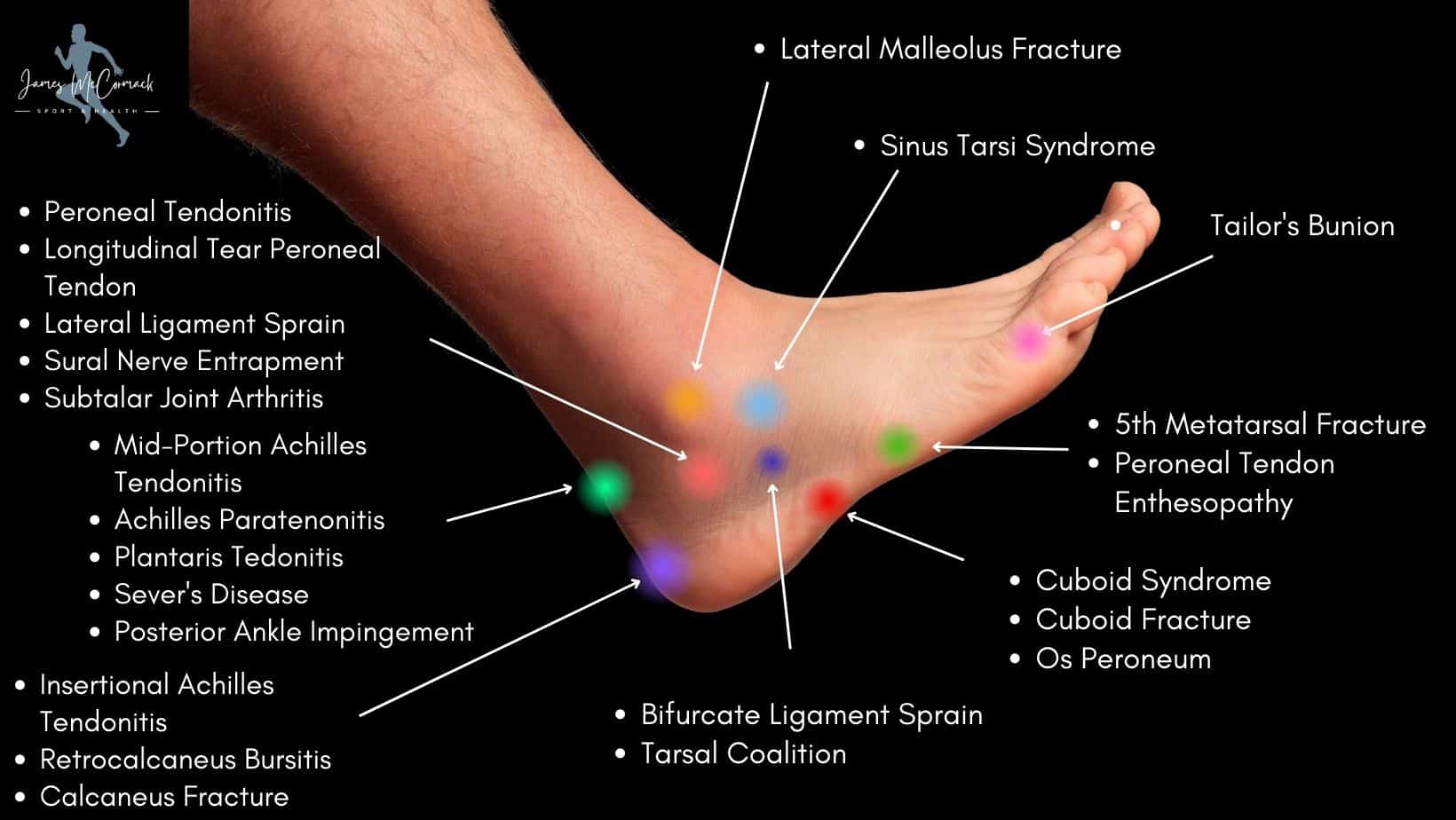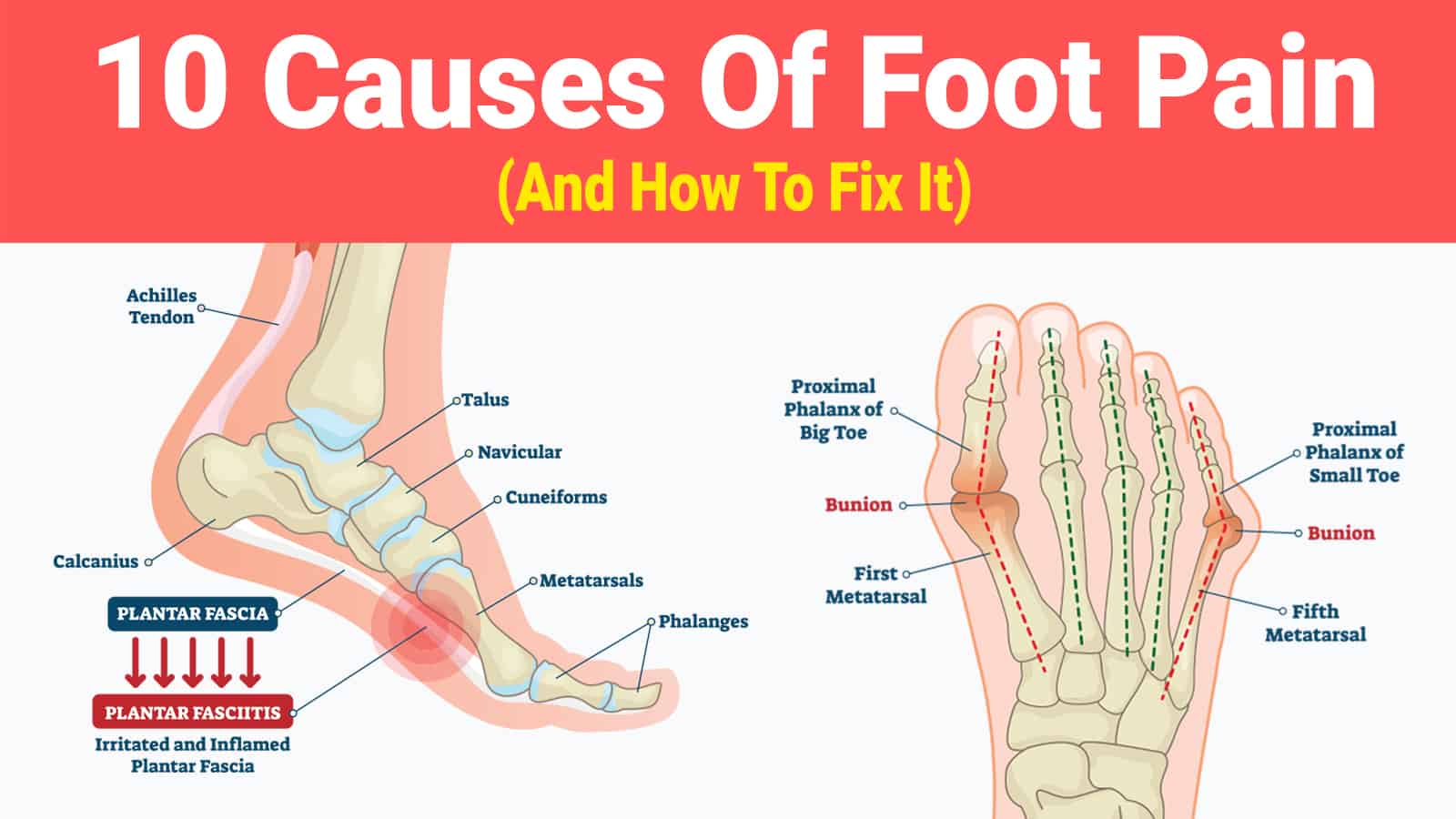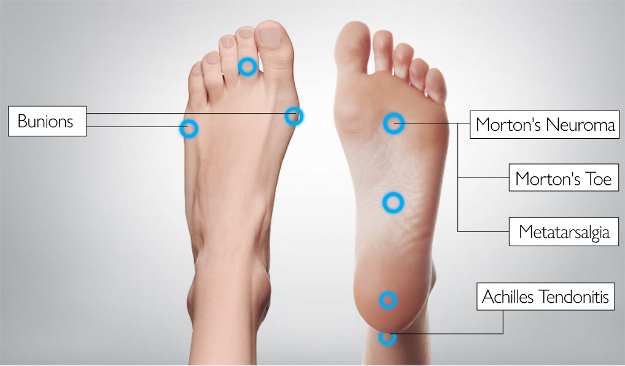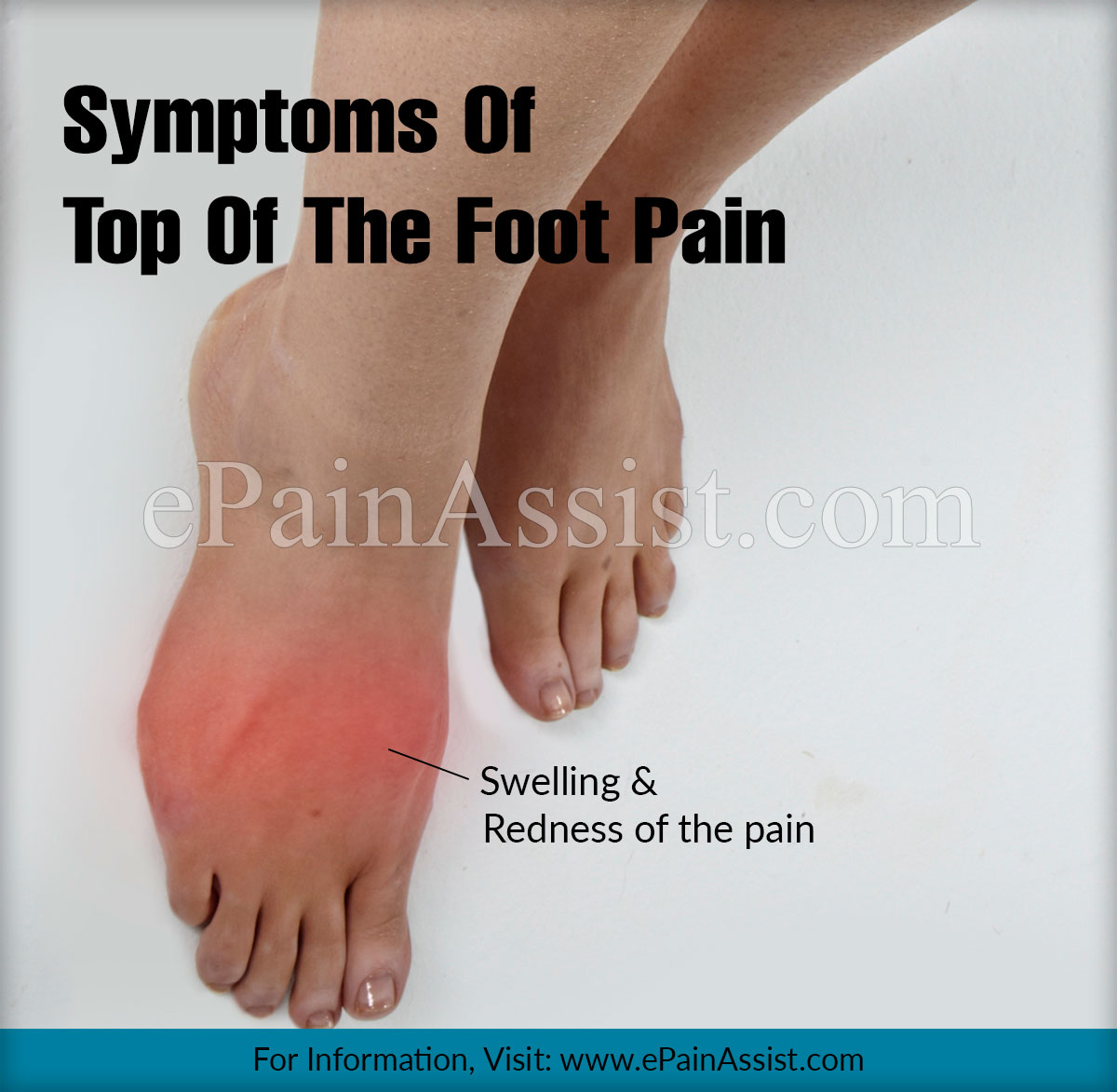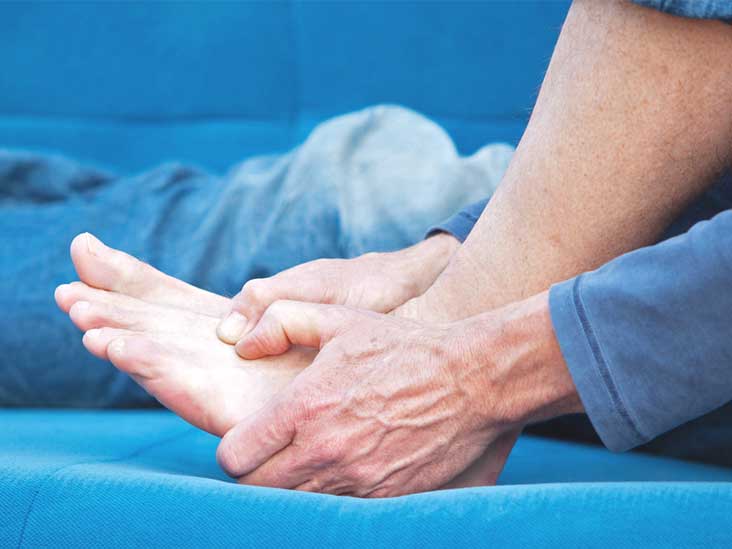Identifying the Cause of Discomfort: Top of Foot Pain Explained
Top of foot pain when pointing toes down can be a debilitating issue, affecting one’s ability to perform daily activities or enjoy favorite sports and hobbies. This discomfort may arise from various causes, such as inflammation, tendonitis, or stress fractures. It is crucial to consult a medical professional for a proper diagnosis, as they can determine the root cause and recommend appropriate treatment options.
Prevention Techniques: Keeping Pain at Bay
Preventing top of foot pain when pointing toes down is essential for maintaining an active and pain-free lifestyle. By incorporating several techniques, you can minimize the risk of experiencing discomfort and enhance your overall foot health. Here are some methods to consider:
- Proper Stretching: Engaging in regular stretching exercises before and after physical activities can help maintain flexibility and reduce the likelihood of foot pain. Focus on stretches that target the calf muscles, toes, and foot muscles.
- Appropriate Footwear: Wearing the right shoes for your foot type and activity level is crucial for preventing top of foot pain. Look for shoes with adequate arch support, cushioning, and shock absorption. Avoid high heels or shoes with insufficient support, as they can exacerbate foot pain.
- Gradual Intensity Increase: When starting a new exercise routine or increasing the intensity of your current workouts, do so gradually. Rapid increases in exercise intensity can strain the foot muscles and tendons, leading to pain and discomfort.
- Foot Orthotics: Custom or over-the-counter foot orthotics can help redistribute pressure on the foot, alleviating pain and discomfort. These devices can be particularly beneficial for individuals with flat feet or high arches, as they provide additional support and cushioning.
How to Address Top of Foot Pain: Treatment Options
Dealing with top of foot pain when pointing toes down can be challenging, but various treatment options are available to alleviate discomfort and promote healing. Depending on the severity and cause of the pain, you may consider the following treatment options:
- Rest, Ice, Compression, and Elevation (RICE): Implementing the RICE method can help reduce inflammation and alleviate pain. Rest the affected foot, apply ice for 15 to 20 minutes several times a day, use compression bandages to minimize swelling, and elevate the foot above heart level when possible.
- Physical Therapy: Working with a physical therapist can help you develop a customized exercise program to improve foot strength, flexibility, and range of motion. These exercises can help alleviate top of foot pain and prevent future occurrences.
- Medication: Over-the-counter pain relievers, such as acetaminophen or nonsteroidal anti-inflammatory drugs (NSAIDs), can help manage pain and reduce inflammation. However, consult a doctor or pharmacist before starting any new medication, as they can provide guidance on proper usage and potential side effects.
- Consult a Doctor or Foot Specialist: If top of foot pain persists or worsens, it is essential to seek professional medical help. A doctor or foot specialist can provide a proper diagnosis, recommend appropriate treatment options, and monitor your progress to ensure a successful recovery.
Exercises for Top of Foot Pain Relief
Incorporating specific exercises into your routine can help alleviate top of foot pain when pointing toes down. These exercises focus on strengthening and stretching the foot muscles, tendons, and ligaments. Here are some exercises to consider:
Toe Curls
Toe curls help strengthen the muscles in the soles of your feet. To perform this exercise, place a small towel on the floor and place your foot on top of it. Using only your toes, scrunch up the towel, pulling it towards you. Release and repeat for 10 to 15 repetitions. Perform this exercise daily on both feet.
Marble Pickups
Marble pickups are another exercise that strengthens the muscles in the soles of your feet. Place 10 to 15 marbles on the floor and, using only your toes, pick up each marble and place it in a bowl or container. Perform this exercise daily on both feet, completing 2 to 3 sets.
Achilles Tendon Stretches
Achilles tendon stretches can help alleviate top of foot pain by improving flexibility in the calf muscles and Achilles tendon. To perform this stretch, stand facing a wall with both hands on the wall at shoulder height. Step one foot back, keeping your heel on the ground, and lean forward, feeling a stretch in your calf and Achilles tendon. Hold for 20 to 30 seconds, then release and repeat on the other side. Perform this stretch 3 to 4 times on each side, 2 to 3 times a day.
Remember to consult a medical professional or physical therapist before starting any new exercise routine, especially if you have a history of foot pain or injury. They can provide guidance on proper form and technique, ensuring that you perform these exercises safely and effectively.
Footwear Considerations: Choosing the Right Shoes
Selecting the appropriate footwear is crucial in preventing and treating top of foot pain when pointing toes down. Proper shoes can provide the necessary arch support, cushioning, and shock absorption to alleviate pain and discomfort. Here are some guidelines to help you choose the right shoes:
- Arch Support: Opt for shoes with adequate arch support, which can help distribute pressure evenly across the foot. Shoes with removable insoles allow you to insert custom orthotics for additional support.
- Cushioning: Shoes with ample cushioning can absorb shock and reduce the impact on your feet. Look for shoes with cushioned soles and shock-absorbing midsoles.
- Shock Absorption: Choose shoes designed for the specific activity you are engaging in, as they will provide the appropriate level of shock absorption. For example, running shoes are designed to absorb the impact of repetitive motion, while basketball shoes offer lateral support and stability.
- Proper Fit: Ensure that the shoes fit properly, with enough room in the toe box and adequate support around the heel. Ill-fitting shoes can exacerbate top of foot pain and lead to further discomfort.
Some popular shoe brands known for their support and comfort include:
- New Balance
- ASICS
- Brooks
- HOKA ONE ONE
- Saucony
By investing in proper footwear, you can significantly reduce the risk of top of foot pain when pointing toes down and ensure a more comfortable and enjoyable experience during your favorite activities.
Orthotics and Inserts: Supporting Your Feet
Orthotics and shoe inserts can help redistribute pressure on the foot, alleviating pain and discomfort associated with top of foot pain when pointing toes down. These devices are designed to provide additional support, cushioning, and stability to the foot, addressing various foot conditions and concerns. Here’s what you need to know about orthotics and shoe inserts:
Custom-Made Orthotics
Custom-made orthotics are designed specifically for your feet based on a mold or digital scan of your foot. These devices are typically prescribed by a medical professional, such as a podiatrist or orthopedist, and can address a wide range of foot issues, including top of foot pain. Custom orthotics are more expensive than over-the-counter options, but they offer a higher level of support and personalization, making them a worthwhile investment for some individuals.
Over-the-Counter Orthotics and Inserts
Over-the-counter orthotics and inserts are widely available at drugstores, sporting goods stores, and online retailers. These devices are designed to provide additional support and cushioning to the foot, addressing common foot issues such as top of foot pain. While they may not offer the same level of customization as custom-made orthotics, over-the-counter options can be an effective and more affordable solution for many individuals.
Benefits of Orthotics and Inserts
Orthotics and shoe inserts can offer several benefits for individuals experiencing top of foot pain when pointing toes down, including:
- Improved Foot Alignment: Orthotics and inserts can help correct foot alignment issues, ensuring that the foot functions optimally during daily activities and exercise.
- Additional Support: These devices can provide additional support to the arch, reducing the risk of pain and discomfort.
- Shock Absorption: Orthotics and inserts can absorb shock and reduce the impact on the foot, alleviating pain and discomfort.
- Pressure Redistribution: By redistributing pressure on the foot, orthotics and inserts can help alleviate pain and discomfort in specific areas of the foot, such as the top of the foot.
When considering orthotics and shoe inserts for top of foot pain, consult a medical professional or a certified pedorthist to determine the best option for your specific needs and foot condition.
Lifestyle Adjustments: Making Changes for Pain-Free Living
Modifying daily activities and routines can significantly contribute to top of foot pain relief when pointing toes down. By making a few simple changes, you can reduce the risk of pain and discomfort, ensuring a more enjoyable and active lifestyle. Here are some tips to consider:
Vary Your Exercises
Participating in a variety of exercises can help prevent overuse injuries and reduce the risk of top of foot pain. Instead of focusing on a single activity, incorporate a mix of low-impact and high-impact exercises, such as swimming, cycling, and running. This approach ensures that different muscle groups are engaged, reducing the risk of repetitive strain injuries.
Maintain a Healthy Weight
Excess body weight can place additional stress on the feet, increasing the risk of top of foot pain when pointing toes down. By maintaining a healthy weight, you can reduce the pressure on your feet, alleviating pain and discomfort. Aim for a balanced diet, rich in fruits, vegetables, lean proteins, and whole grains, and engage in regular physical activity to support a healthy weight.
Practice Good Posture
Proper posture can help prevent top of foot pain by ensuring that your body is properly aligned. Stand tall with your shoulders back and your spine straight. When sitting, keep your feet flat on the floor, and avoid crossing your legs. Practicing good posture can help reduce the risk of foot pain and discomfort, as well as support overall spinal health.
Take Regular Breaks
If your job or daily activities require long periods of standing or sitting, take regular breaks to stretch and move. This approach can help prevent foot pain by promoting circulation and reducing the risk of repetitive strain injuries.
Wear Comfortable Shoes
Wearing comfortable, supportive shoes is essential for preventing and treating top of foot pain. Ensure that your shoes fit properly, with adequate arch support, cushioning, and shock absorption. Avoid high heels or shoes with insufficient support, as they can exacerbate foot pain and lead to further discomfort.
By incorporating these lifestyle adjustments into your daily routine, you can significantly reduce the risk of top of foot pain when pointing toes down, ensuring a more comfortable and active lifestyle.
When to Seek Professional Help: Knowing Your Limits
Top of foot pain when pointing toes down can sometimes indicate a more serious condition requiring medical intervention. If you experience any of the following symptoms, consult a healthcare professional as soon as possible:
- Persistent pain or swelling that does not improve with rest, ice, compression, and elevation (RICE) or over-the-counter pain medication.
- Visible deformity or dislocation in the foot or ankle.
- Inability to walk or bear weight on the affected foot.
- Numbness, tingling, or loss of sensation in the foot or ankle.
- Signs of infection, such as redness, warmth, or pus.
- Fever or chills accompanying foot pain or swelling.
A healthcare professional, such as a primary care physician, podiatrist, or orthopedist, can provide a proper diagnosis and recommend appropriate treatment options. In some cases, top of foot pain when pointing toes down may be caused by an underlying medical condition, such as diabetes or arthritis, which requires specialized care and management.
By understanding the potential causes and symptoms of top of foot pain when pointing toes down, you can take proactive steps to address the issue and maintain your overall foot health. Remember, when in doubt, consult a healthcare professional to ensure the best possible outcome for your foot health.


